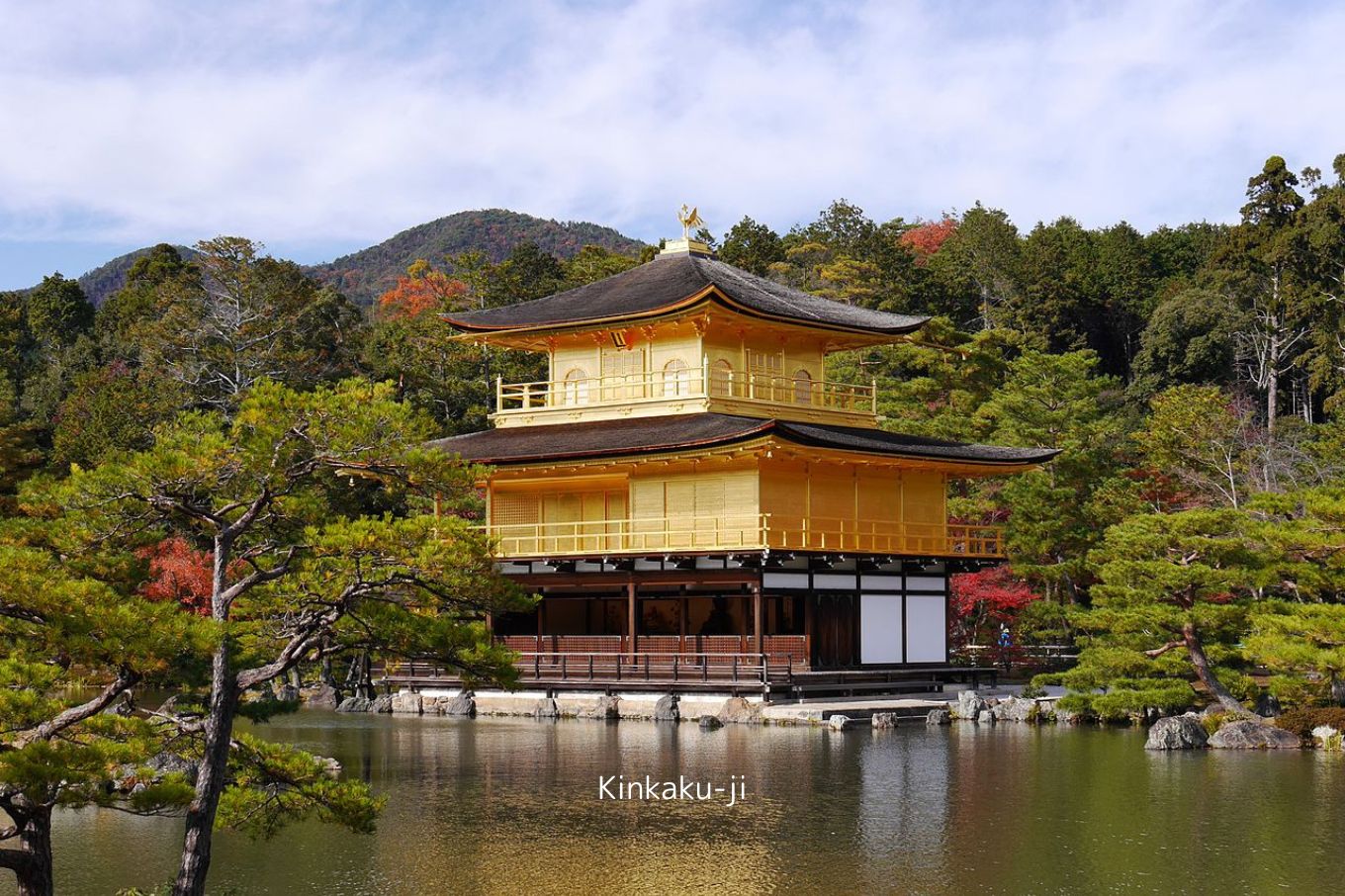SIGHTSEEING SPOTS IN KYOTO WESTERN AREA (2 OPTIONS)

OPTION 1: Sightseeing spots within walking-distance from Tondaya
-Seimei Shrine, dedicated to Abe no Seimei, an astrologer who served the emperor and the Fujiwara family as diviner and adviser.
-Raku Museum, which features the essence of the Raku tradition through Raku family’s ceramic collection dating back 450 years ago.
-Nishijin Textile Center, located in Kyoto’s weaving district, Nishijin Textile Center has a museum, a shop selling kimono and other textile goods as well a rental kimono shop for strolling around town.
OPTION 2: Sightseeing spots reachable by private car from Tondaya
-Nijo Castle: feudal castle and former imperial villa. Nijo Castle features a historic and solemn atmosphere, and it is rooted in the Tokugawa Clan, a dinasty that ruled Japan from 1603 to 1867. Moreover, the primary purpose of the Castle was not fortification or defense since it was the home of Tokugawa Ieyasu, one of the most powerful men in Japan.
-Kinkaku-ji: the Temple of the Golden Pavillon. Kinkaku-ji is a Zen Temple and it was the Shogun’s Ashikaga retirement villa. Beautiful in each season, it is literally a “touch of gold” in the surrounding nature. You can enjoy a pleasant stroll while admiring Kinkaku-ji Temple reflected on the surface of its mirror pond.
-Ryoan-ji Temple, which features the harmony of the principles of Zen meditation, offers a quiet and peaceful atmosphere. It was built on the grounds of a villa of the Fujiwara Clan in the Heian Period (794-1185), and then the site was converted into a Zen temple in 1450. No one knows when the rock garden was made, who designed it and what the designer’s intentions were.
